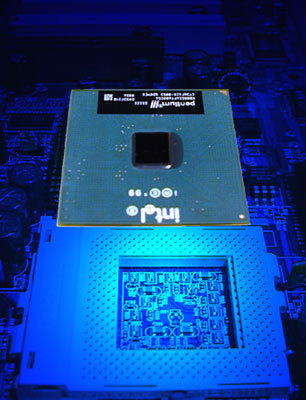12 Socket 370 Motherboards using VIA's Apollo Pro 133A
Introduction
Only six weeks ago, we compared 21 motherboards which all make use of VIA's Apollo Pro 133A chipset. They may be the last representatives of a motherboard generation, which is meant to die out. Yes, I am talking about Slot-1, which has become obsolete with the introduction of the Pentium III Coppermine. Thanks to a new production process, 0.18 instead of former 0.25 micron, this new CPU core made the die size even smaller than Katmai's - even though Coppermine comes with 256 kBytes of so-called Advanced Transfer Cache.
Usually, a new CPU requires a new motherboard. This affair is a bit different with the Pentium III FC-PGA, so let's check some basic questions.
Back To The Roots
As I already mentioned, the latest Pentium III processors have much finer structures. That's why the L2 cache could be integrated into the processor again. Again? Yes. Please remember the good old Pentium Pro CPU. Back in 1996, this was the first processor coming with an L2 cache memory that was both integrated into the CPU and running at full CPU core speed. The reason for doing this was of course better performance. But this new way also had two handicaps. First, the whole processor became extremely big, because the internal L2-cache was on a huge extra die that was placed into the housing of the processor, making the Pentium Pro very big and the production very expensive. Second, the 0.5 micron process used back then kept Intel from getting Pentium Pro CPUs any faster than 200 MHz.
Get Tom's Hardware's best news and in-depth reviews, straight to your inbox.

Patrick Schmid was the editor-in-chief for Tom's Hardware from 2005 to 2006. He wrote numerous articles on a wide range of hardware topics, including storage, CPUs, and system builds.
